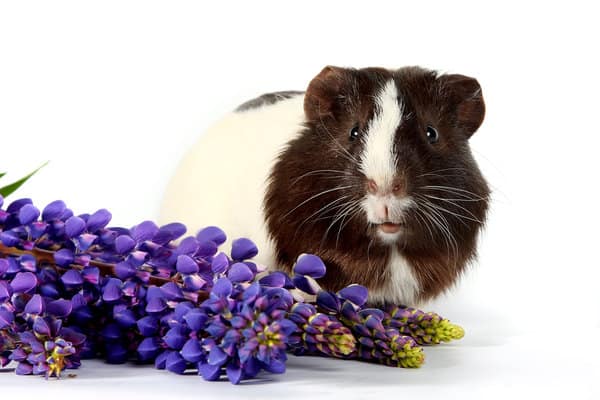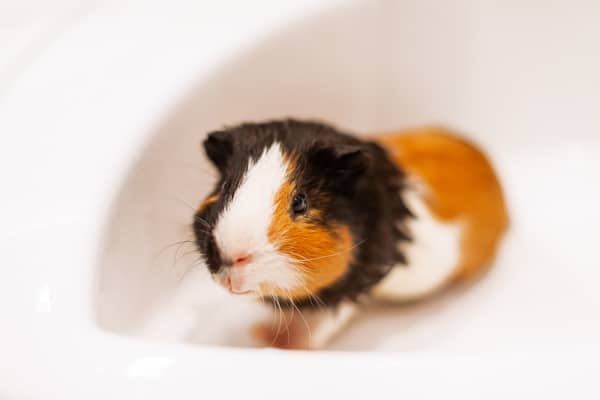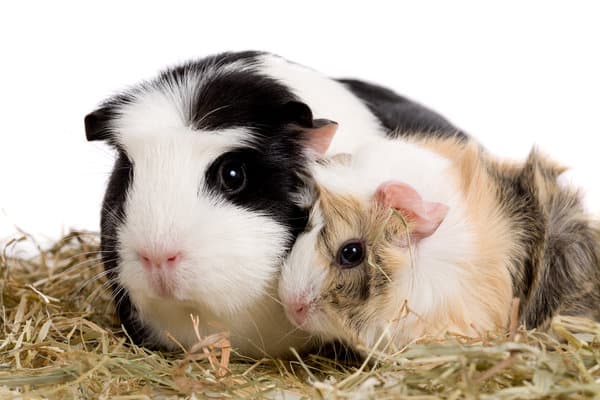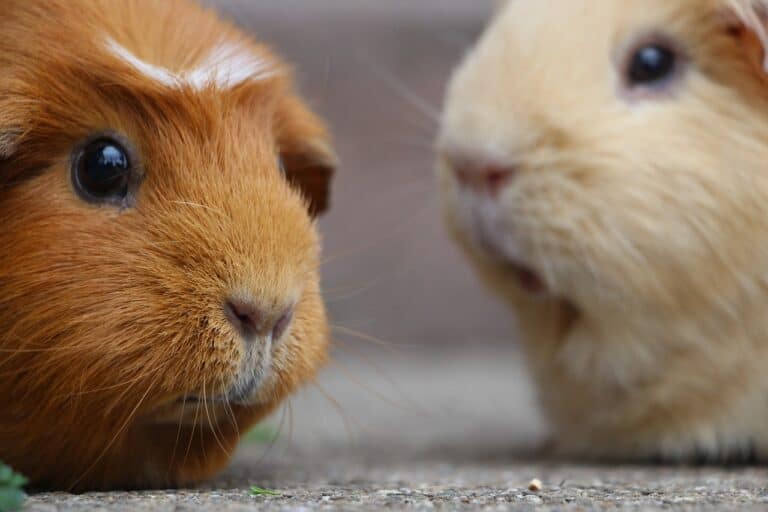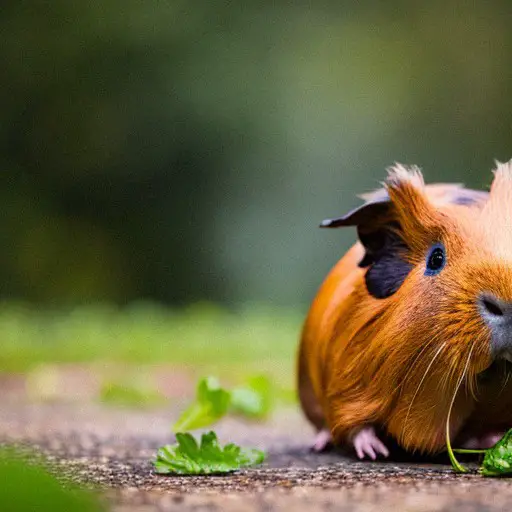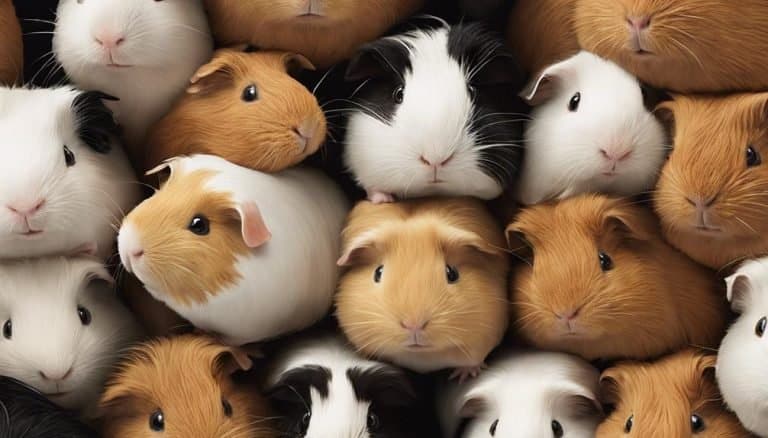How Good Is a Guinea Pig's Sense of Smell
Coincidentally, the anatomy of a guinea pig’s nose is similar to that of a human’s. While most of us are familiar with how our sense of smell works, the same cannot be said for these lovable mammals. How good is a guinea pig’s sense of smell?
This article dives into the anatomy of a guinea pig’s nose, how they use their sense of smell in the wild, their sense of smell in captivity, and how to improve it.
Key Takeaways
- Guinea pigs have a well-developed sense of smell, with nostrils located close to the end of the snout and well-developed olfactory bulbs for processing scents.
- Their sense of smell plays a crucial role in various aspects of their lives, including foraging, communication, predator detection, and reproduction.
- In captivity, a guinea pig’s sense of smell helps them acclimate to their environment, interact with humans, and identify potential dangers.
- Taking care of a guinea pig’s nose, providing scent training, a balanced diet, and a clean environment can improve their sense of smell and overall well-being.
Exploring the Anatomy of a Guinea Pig’s Nose
The anatomy of a guinea pig’s nose is an important factor in understanding the creature’s sense of smell. Guinea pigs have an olfactory system that is highly adapted to scent tracking. Their nostrils are located close to the end of their long, flexible snouts, which allow them to detect smells in the air more effectively than other animals.
Additionally, guinea pigs have a vomeronasal organ located at the back of their mouth, which helps them detect pheromones from other animals. This organ is particularly useful for scent tracking. Guinea pigs have well developed olfactory bulbs, which are responsible for processing and interpreting scents.
Furthermore, guinea pigs have Jacobson’s Organ, a specialized organ located in the roof of their mouth, that helps them detect scent particles in the air. All of these components of the guinea pig’s anatomy work together to make it an excellent scent tracker.
How a Guinea Pig’s Sense of Smell Is Used in the Wild
In the wild, a guinea pig’s olfactory capabilities are utilized to detect potential predators or food sources. To survive, guinea pigs must rely on their sense of smell to identify the presence of danger, as well as to locate food sources. To this end, guinea pigs employ a variety of techniques, such as:
- Foraging behavior – This involves using their sense of smell to find and consume food.
- Scent marking – Guinea pigs will use their sense of smell to mark their territory and communicate with other members of their species.
- Identifying predators – Guinea pigs will use their sense of smell to detect and avoid predators.
- Recognizing mates – Guinea pigs also use their sense of smell to recognize and interact with potential mates.
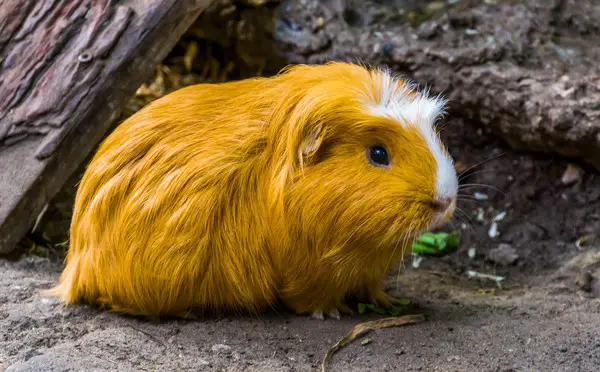
The Role of a Guinea Pig’s Sense of Smell in Captivity
Guinea pigs in captivity often rely on their olfactory capabilities to acclimate to their new environment and interact with their human caretakers. The sense of smell of a guinea pig is an important tool in captivity as it allows them to recognize and differentiate between their caretakers, other animals, and different objects.
It also helps them to stay safe, as they can detect potential danger in the form of predators, and can also be used to identify food sources and foraging habits. Additionally, the sense of smell plays an important role in guinea pig mating rituals, as they use their olfactory senses to identify a potential mate.
This shows that the sense of smell of a guinea pig is an important tool in captivity, and can be used to help them better adapt to their new environment.
Improving a Guinea Pig’s Sense of Smell
Enhancing a guinea pig’s olfactory capabilities is an important factor in providing a safe and comfortable environment for them in captivity. To improve a guinea pig’s sense of smell, owners should focus on the following:
- Proper nose care – Clean and inspect the guinea pig’s nose regularly to ensure it is free of debris and infection.
- Scent training – Encourage the guinea pig to recognize and respond to certain scents by introducing them to a variety of smells through games and activities.
- Diet – Feed the guinea pig a balanced diet, high in essential vitamins and minerals, which will help improve their sense of smell.
- Environment – Provide an environment that is free from strong odors and pollutants, and full of fresh air and natural scents.
Conclusion
The sense of smell plays a critical role in a guinea pig’s life, both in the wild and in captivity. It is estimated that guinea pigs can recognize up to 20 different scents.
This keen sense of smell helps guinea pigs detect predators, find food, and interact with other guinea pigs. Providing a stimulating environment with a variety of smells and scents can help guinea pigs remain healthy and content.

